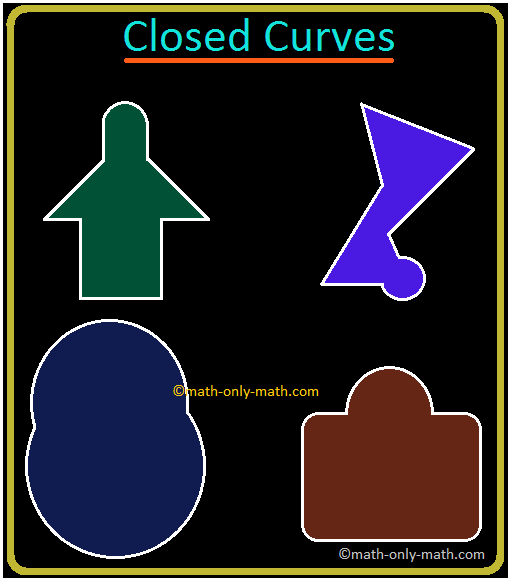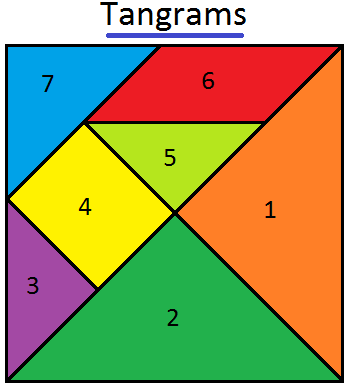Rounding off to the Nearest Tens
For rounding off to the nearest tens let us look at the number ray given below.
Consider the numbers 12 and 19.
When we plot these numbers on a number line we observe that 12 lies between 10 and 20. Also 12 is nearest to 10 than 20. So, we round off 12 as 10, correct to the nearest tens.
If we consider 19, we observe that it is nearer to 20 than 10. So, we round off 19 to 20, correct to the nearest tens.
Now, let us consider the number 15.
If we plot this number on number line we find that 15 lies half-way between 10 and 20. By convention, we round off 15 to 20.
Now we will learn how to estimate the number 23, 27 and 29.
Look at the arrow at 23. It is nearer to 20 than 30 because 23 - 20 = 3 while 30 – 23 = 7. We take 23 as 20 when we estimate it to the nearest 10.
Again, look at the arrow at 27. The arrow at 27 is nearer to 30 than 20 because 30 – 27 = 3 and 27 – 20 = 7. So, 27 is taken as 30.
In the same way, look at the arrow at 29. It is nearer to 30 than 20 because 30 - 29 = 1 while 29 – 20 = 9. So, 29 is taken as 30 since it is near to 30 than 20.
How will we round off the number 25?
25 is equal distance from 20 and 30. By convention it is taken as 30.
1. Round off to the nearest tens:
(i) 362
The given number is 362.
Its ones or unit digit is 2, which is less than 5. So, we replace the ones digit by 0 to get the rounded off number.
Hence, rounded off number = 360.
(ii) 909
The given number is 909.
Its ones or unit digit is 9, which is greater than 5. So, we increase the tens digit by 1 and replace the ones digit by 0 to get the rounded off number.
Hence, rounded off number = 910.
2. How to estimate 2534 to the nearest 10?
34 is nearer to 30 than 40, so 2534 is taken as 2530.
From the above examples, to estimate to nearest tens we can generalize that,
(i) the numbers having 1, 2, 3, 4 at ones or units place are rounded off downwards.
(ii) the numbers having 5, 6, 7, 8, 9 at ones or units place are rounded off upwards.
Numbers Page
6th Grade Page
From Rounding off to the Nearest Tens HOME PAGE
Didn't find what you were looking for? Or want to know more information about Math Only Math. Use this Google Search to find what you need.
Recent Articles
-
Fundamental Geometrical Concepts | Point | Line | Properties of Lines
Apr 18, 24 02:58 AM
The fundamental geometrical concepts depend on three basic concepts — point, line and plane. The terms cannot be precisely defined. However, the meanings of these terms are explained through examples. -
What is a Polygon? | Simple Closed Curve | Triangle | Quadrilateral
Apr 18, 24 02:15 AM
What is a polygon? A simple closed curve made of three or more line-segments is called a polygon. A polygon has at least three line-segments. -
Simple Closed Curves | Types of Closed Curves | Collection of Curves
Apr 18, 24 01:36 AM
In simple closed curves the shapes are closed by line-segments or by a curved line. Triangle, quadrilateral, circle, etc., are examples of closed curves. -
Tangrams Math | Traditional Chinese Geometrical Puzzle | Triangles
Apr 18, 24 12:31 AM
Tangram is a traditional Chinese geometrical puzzle with 7 pieces (1 parallelogram, 1 square and 5 triangles) that can be arranged to match any particular design. In the given figure, it consists of o… -
Time Duration |How to Calculate the Time Duration (in Hours & Minutes)
Apr 17, 24 01:32 PM
We will learn how to calculate the time duration in minutes and in hours. Time Duration (in minutes) Ron and Clara play badminton every evening. Yesterday, their game started at 5 : 15 p.m.







